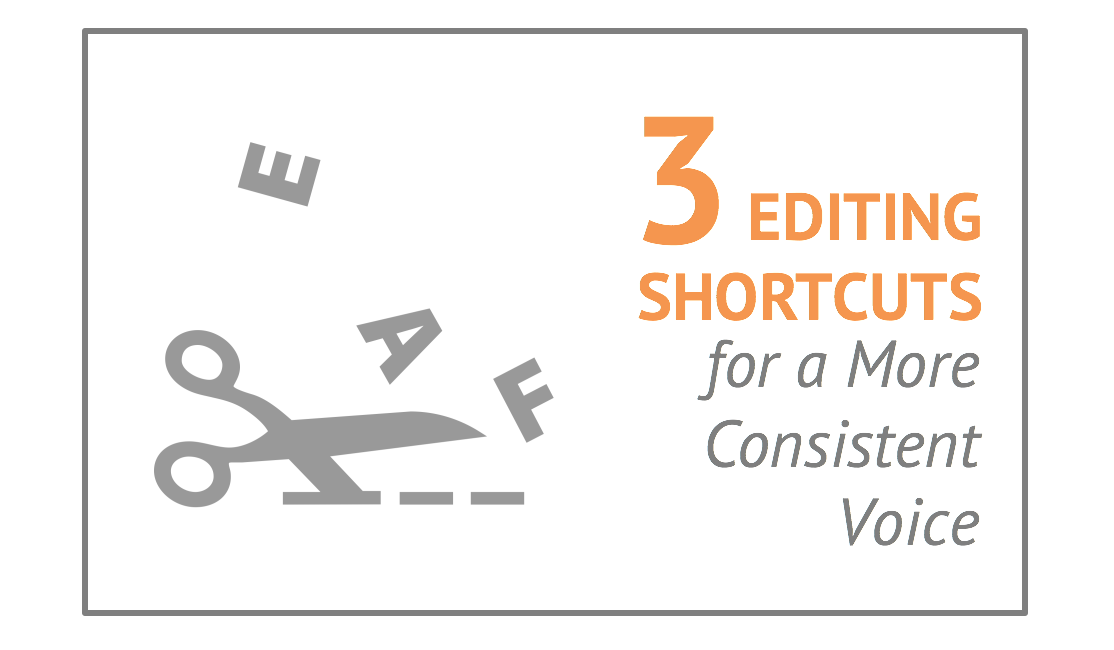Simple ways to align assorted writing styles.
To get the Compound Return newsletter in your inbox every month, subscribe here.

If you’re lucky, you’ve got lots of different “thought leaders” supplying you with insightful material to put out into the world. But when you’re publishing lots of voices within one piece, or even just under one brand, you need a process to bring some consistency to the writing.
This is true whether you’re producing organizational RFPs, or assembling contributions for a newsletter, or managing a year-ahead outlook covering every asset class under the sun. Many authors, many writing styles.
I see this regularly. Writing styles vary enormously, in terms of structure and tone. I also often see a tendency in non-writers to write with a forced formality that they wouldn’t use in a presentation or conversation. It’s like when a bystander describes a crime in a tv interview: all of a sudden, they’re using words like “perpetrator,” “alleged,” “incident,” and so on. When employees write up a contribution to be published, it’s often laden with giant nouns and long, heavy sentences.
Fortunately, there are a few editing shortcuts that pack a strong punch in terms of bringing assorted voices a bit closer together. In most cases, you don’t want to eliminate the contributor’s voice. You just want to align voices to a more consistent tone.
Start with a wide-angle look at each piece. Are the paragraphs each 10 sentences long? Start by breaking them up into more digestible sizes. Aim for most paragraphs to be around 3-4 sentences, unless the content absolutely demands a longer format.
Look at the first sentence of each paragraph. Focus edits there, transforming a passive voice to an active one or introducing a more concise summary of that paragraph’s content. A nice, short sentence is a great way to introduce an idea.
Like a long paragraph, a long sentence can lose the audience. Some long sentences can be pared simply by losing unnecessary qualifiers: “This is the kind of environment where we would expect to see…” could say “We would expect…” In other cases, a long sentence is best cleaved into two.
Shortcut edits have an additional benefit: They can really upgrade a piece while leaving a lot of it intact. Contributors feel happier about the process when they see their contribution in their own voice, yet your brand is better served when a few key upgrades bring consistency to the style.
Looking for a freelance financial writer to help you write, edit or proofread content? Reach out and let’s talk about your project needs.
Carolyn is a freelance financial writer with 15+ years of experience in financial services. She holds an MBA from the University of Chicago Booth School of Business and is a CFA charterholder. She writes from Washington D.C.
Posted By
Carolyn
Categories
Compound Return Newsletter, Content Marketing